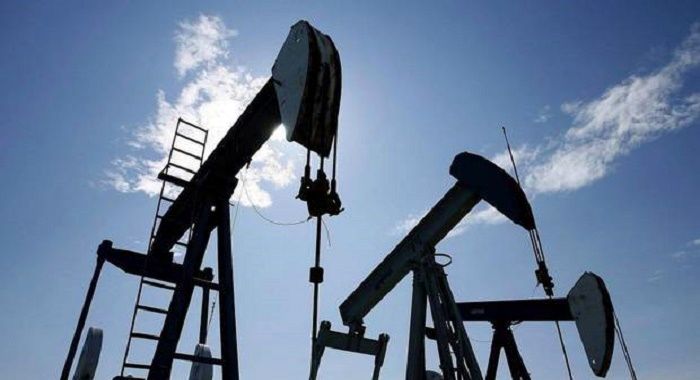Whisper it, but the next challenge for financial markets and policymakers may not be deflation, but the remarkable surge in oil prices from the six-year low touched in January.
Since then, Brent crude futures have risen 45 percent. If that is sustained or even increased throughout this year, inflation next year could rise significantly, posing questions for policymakers largely committed to ultra-loose policy, according to Reuters.
No fewer than 27 central banks around the world have eased monetary policy to some extent this year in a battle against deflation, slowing growth or both.
These measures have ranged from interest rate cuts to bond-buying “quantitative easing” programs. All have been in response to the fall in inflation rates and inflation expectations driven by the 60 percent collapse in oil prices over the latter part of last year.
Investors’ bets on the timing of the first interest rate increase from the U.S. Federal Reserve were pushed back to late this year or maybe even 2016, the euro plummeted and global stocks rose to new historical peaks.
But many of these market moves have stalled, some even reversing. Inflation assumptions baked into index-linked bonds have rebounded, the euro is up five weeks out of the last six, and asset prices of oil exporters such as Russia have recovered a large chunk of last year’s dramatic oil-led slump.
“Deflation fears are overdone and we’re seeing some upside surprises now, although risks of persistent low inflation remain,” said Ruben Segura-Cayuela, peripheral euro zone economist at Bank of America Merrill Lynch in London.
“A positive oil shock has a detrimental effect on growth and activity, and could generate some volatility,” he said.
Seeking a high-yield energy high
There are various estimates on how much changes in the oil price affect growth and inflation.
Brent crude futures have risen $20 from January’s low to $65 a barrel LCOc1. That’s a 45 percent increase. WTI futures CLc1 have jumped $15 from March’s low to $58 a barrel. That’s a rise of almost 40 percent.
Deutsche Bank’s chief international economist, Torsten Slok, says a 50 percent increase equates to core U.S. inflation rising 0.9 percentage points a year later. That would lift inflation above the Federal Reserve’s 2 percent target, which hasn’t been met for three years.
Economists at UBS estimate that a $15 rise in oil would raise U.S. inflation by 0.6 percentage points over the next year, $25 would equate to 1.0 percentage point and $35 would add 1.4 percentage point.
Their equivalent estimates for the euro zone are: a $15 rise adds 0.5 percentage point to headline inflation, $25 equates to 0.8 percentage point and $35 equals 1.1 percentage point.
Even the most extreme of these scenarios is unlikely to sway the European Central Bank, the Fed or any major central bank from the course they are steering – a 1 trillion euro QE bond-buying spree from the ECB through September next year, and a probable rate rise from the Fed late this year.
And if monetary policy is unlikely to choke off any rebound in inflation expectations, that underlines the need for markets to build in higher future inflation rates than they were doing at the turn of the year.
Inflation markets have already reacted. The so-called five-year forward, which measures five-year euro zone inflation expectations in five years and is the ECB’s favored gauge, has climbed to 1.7 percent from a record low beneath 1.5 percent.
This still falls short of the ECB’s inflation target of “below, but close to” 2 percent, but Mario Draghi and his colleagues will be relieved it is at least moving in the right direction.
U.S. inflation expectations have also rebounded from multi-year lows. Two-year inflation expectations have risen to 1.6 percent from -0.16 percent as recently as mid-January, notes David Absolon, investment director at Heartwood Investment Management.
The 10-year breakeven rate, the difference between the nominal Treasury yield and the real yield on inflation-linked bonds, has risen to 1.9 percent from 1.53 percent.
That drift higher should continue as long as oil prices remain firm, lifting the breakeven rate back towards the longer-term average back above 2 percent, said Iain Stealey, fund manager of the JP Morgan Global Bond Opportunities Fund.
“We’ve already seen some movement. But there might still be room for that to continue further,” he said.
Another area investors might look to gain from firmer oil prices is in U.S. high-yield bonds in the energy sector, which has outperformed the broader index this year as oil has recovered.

